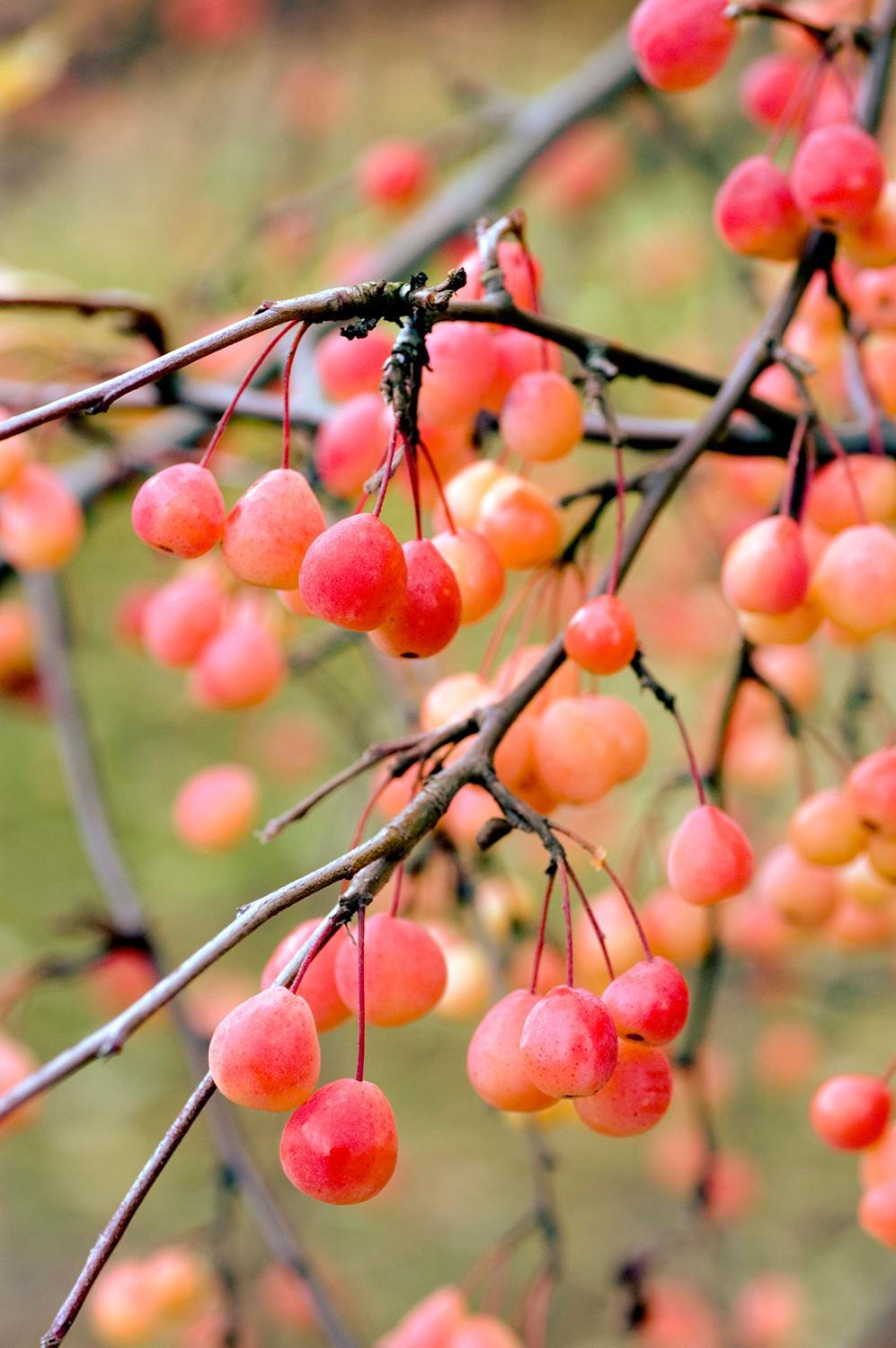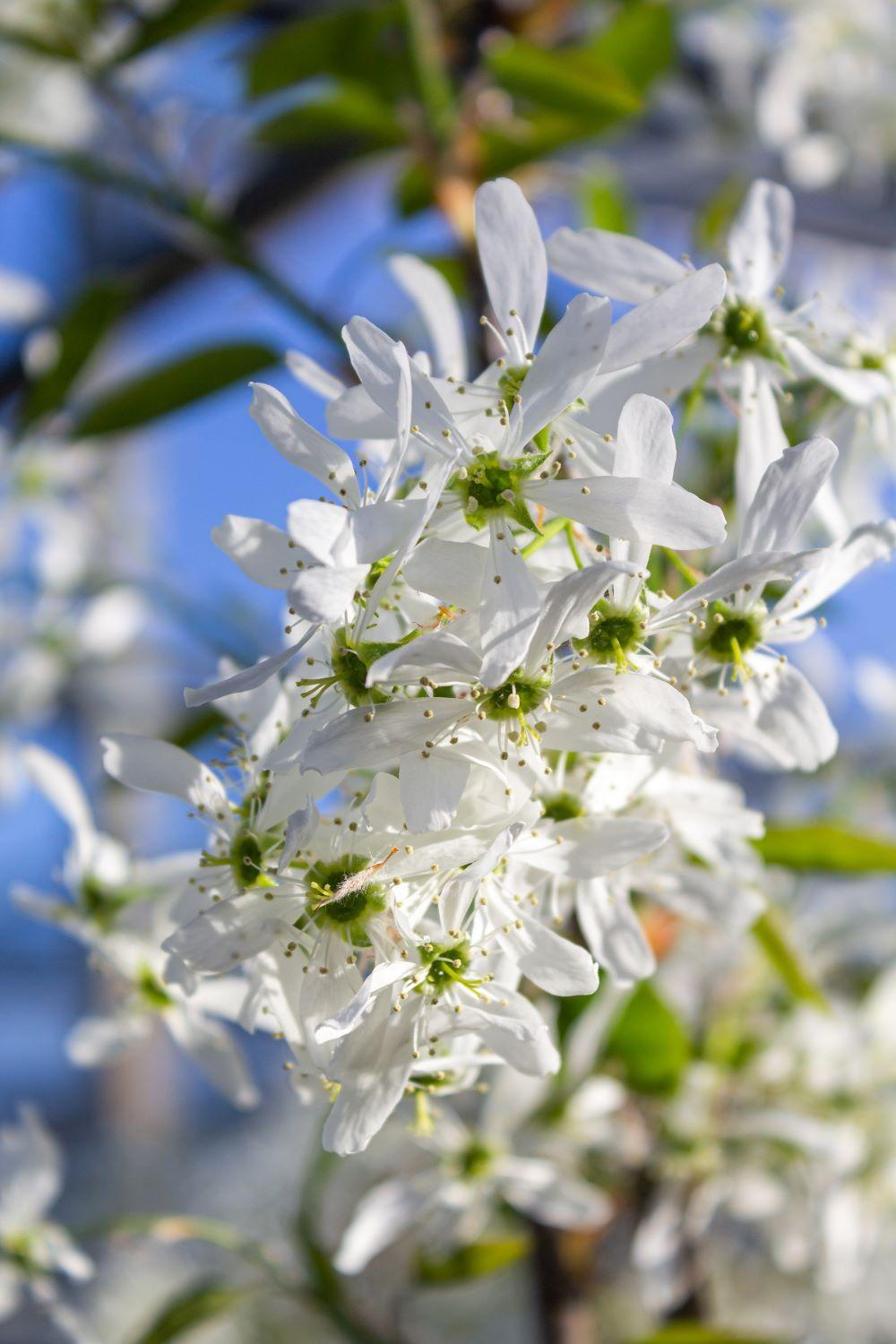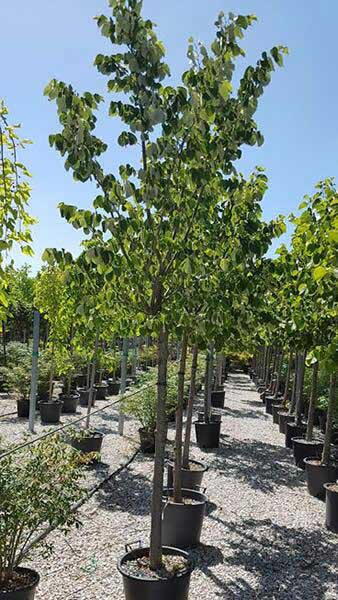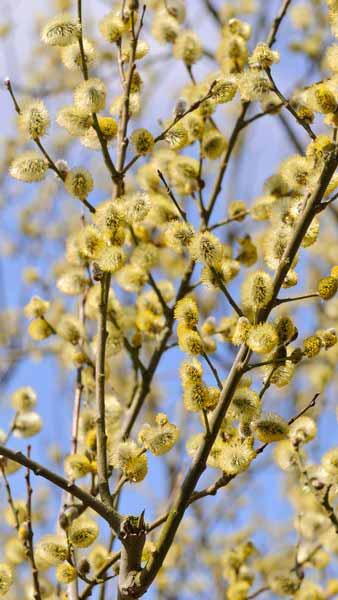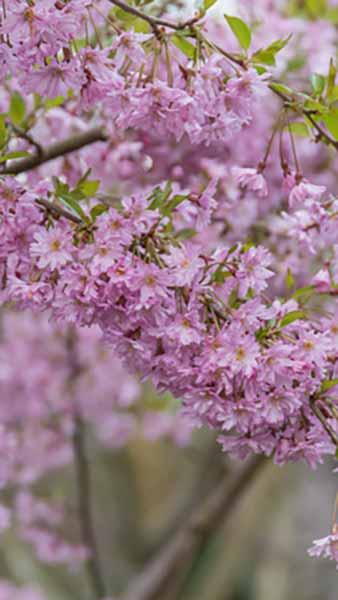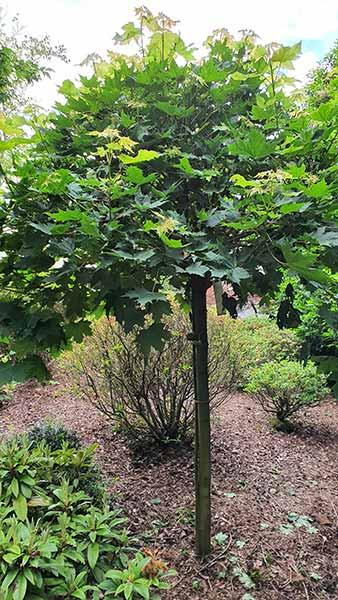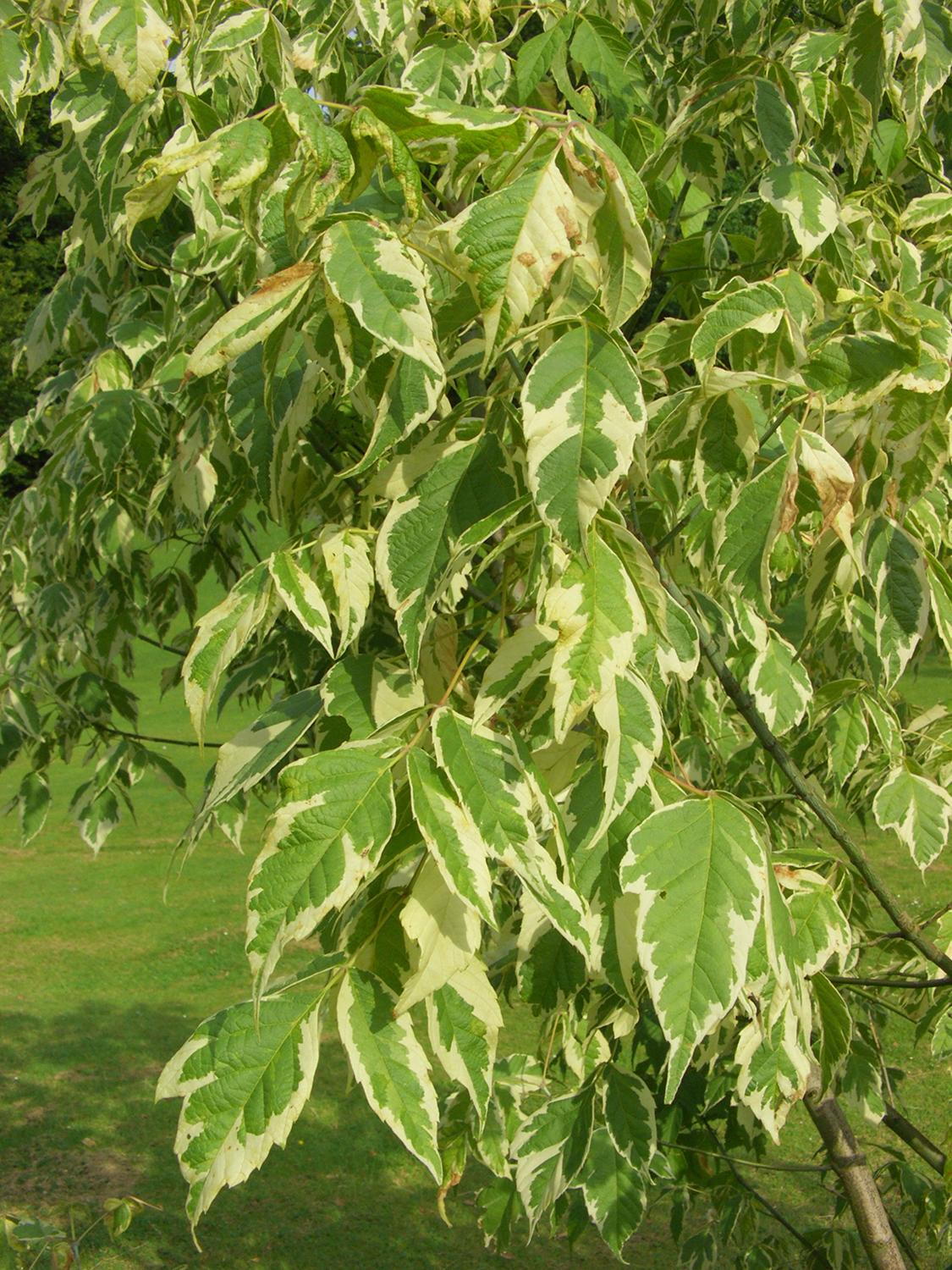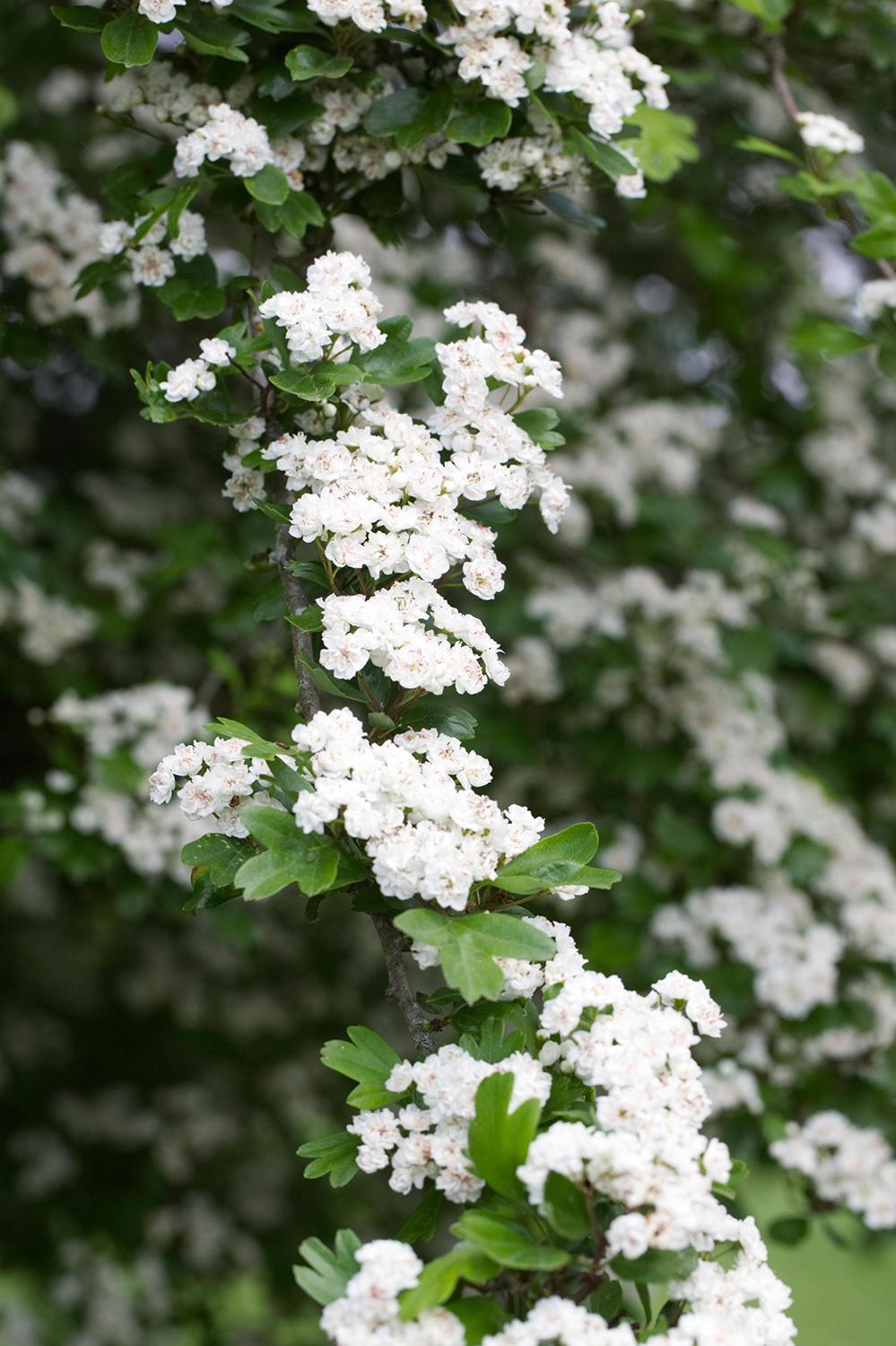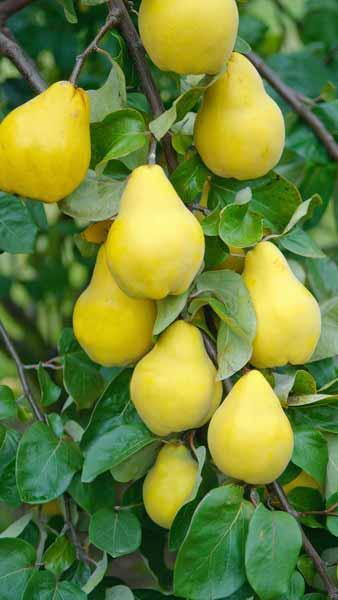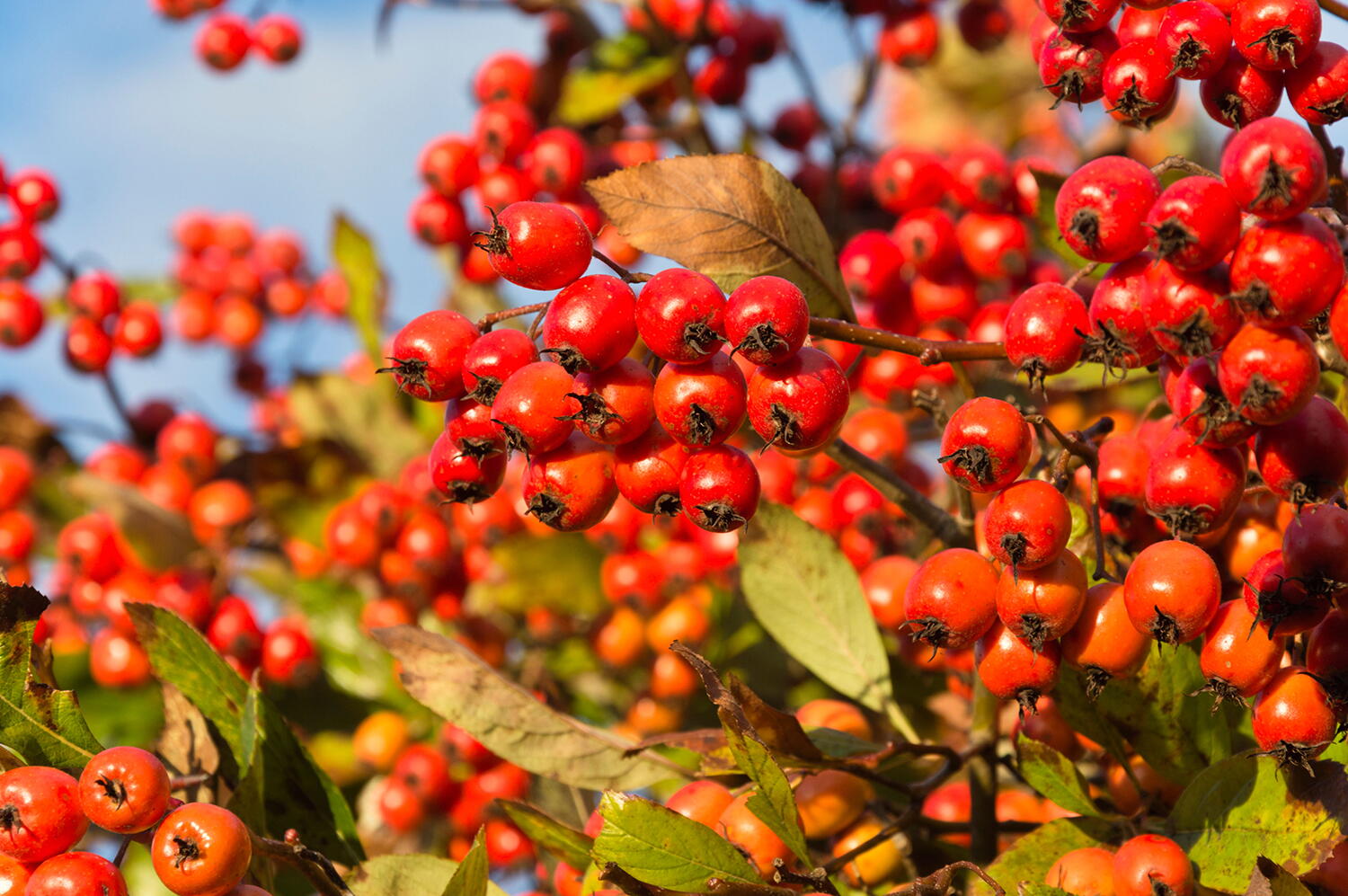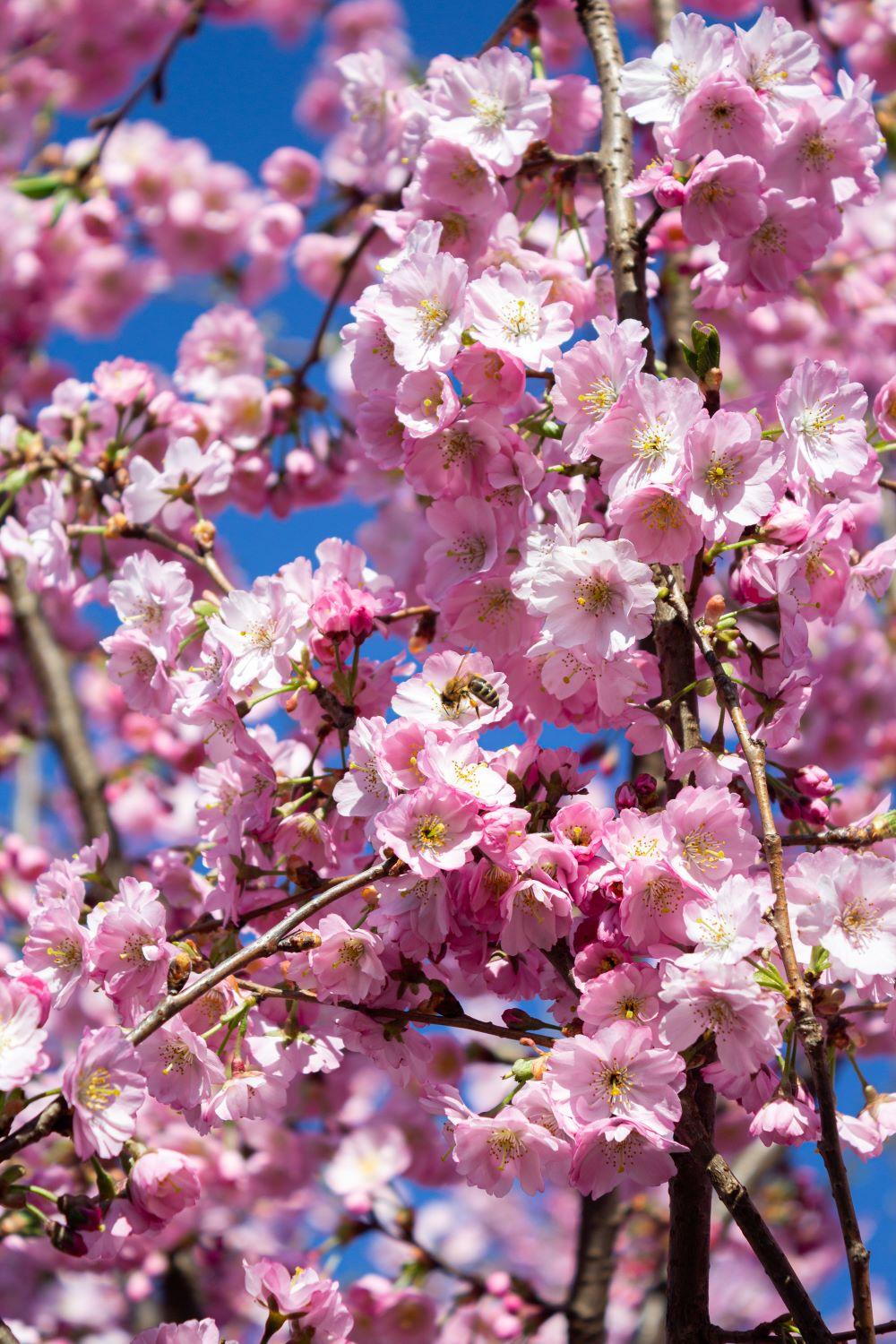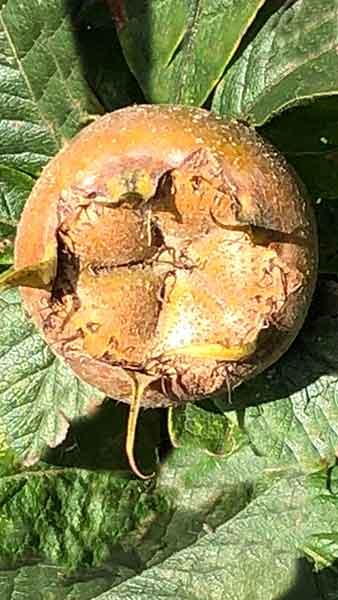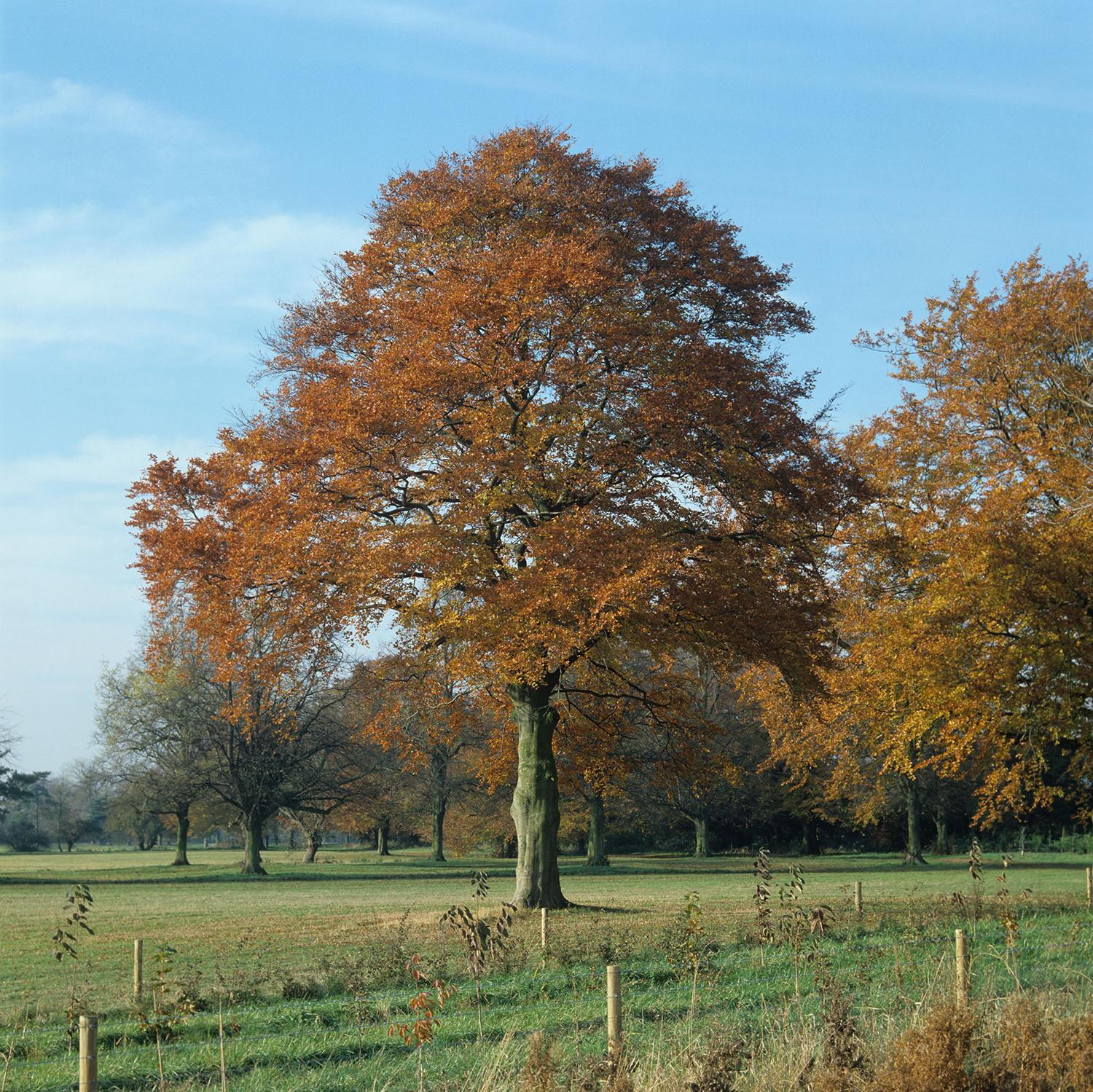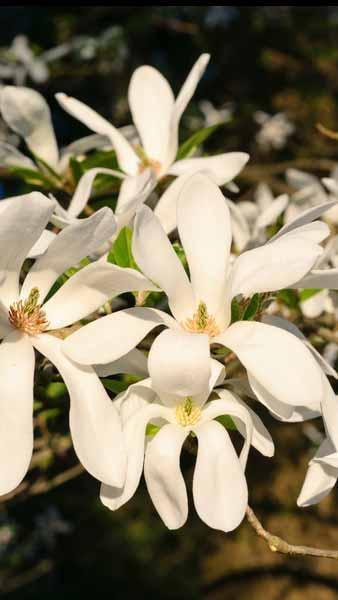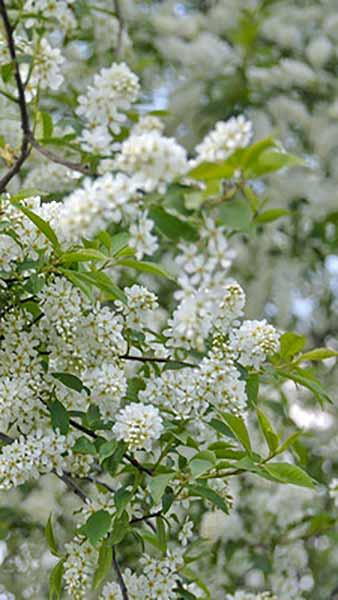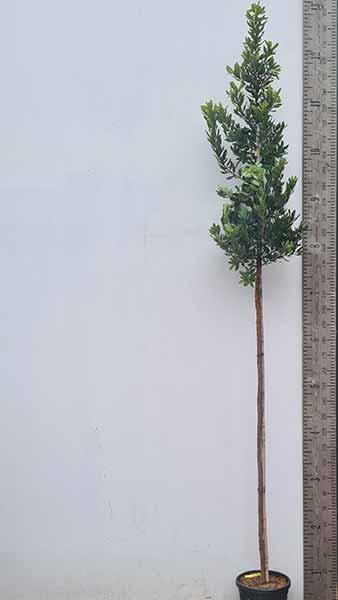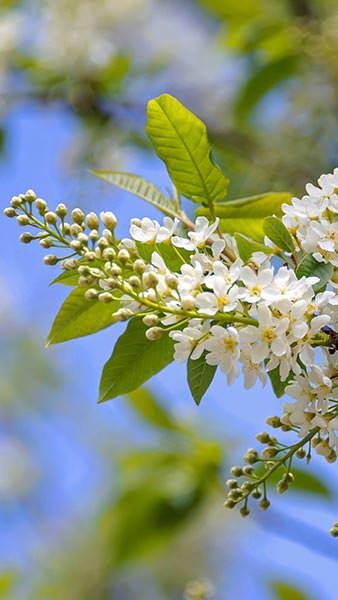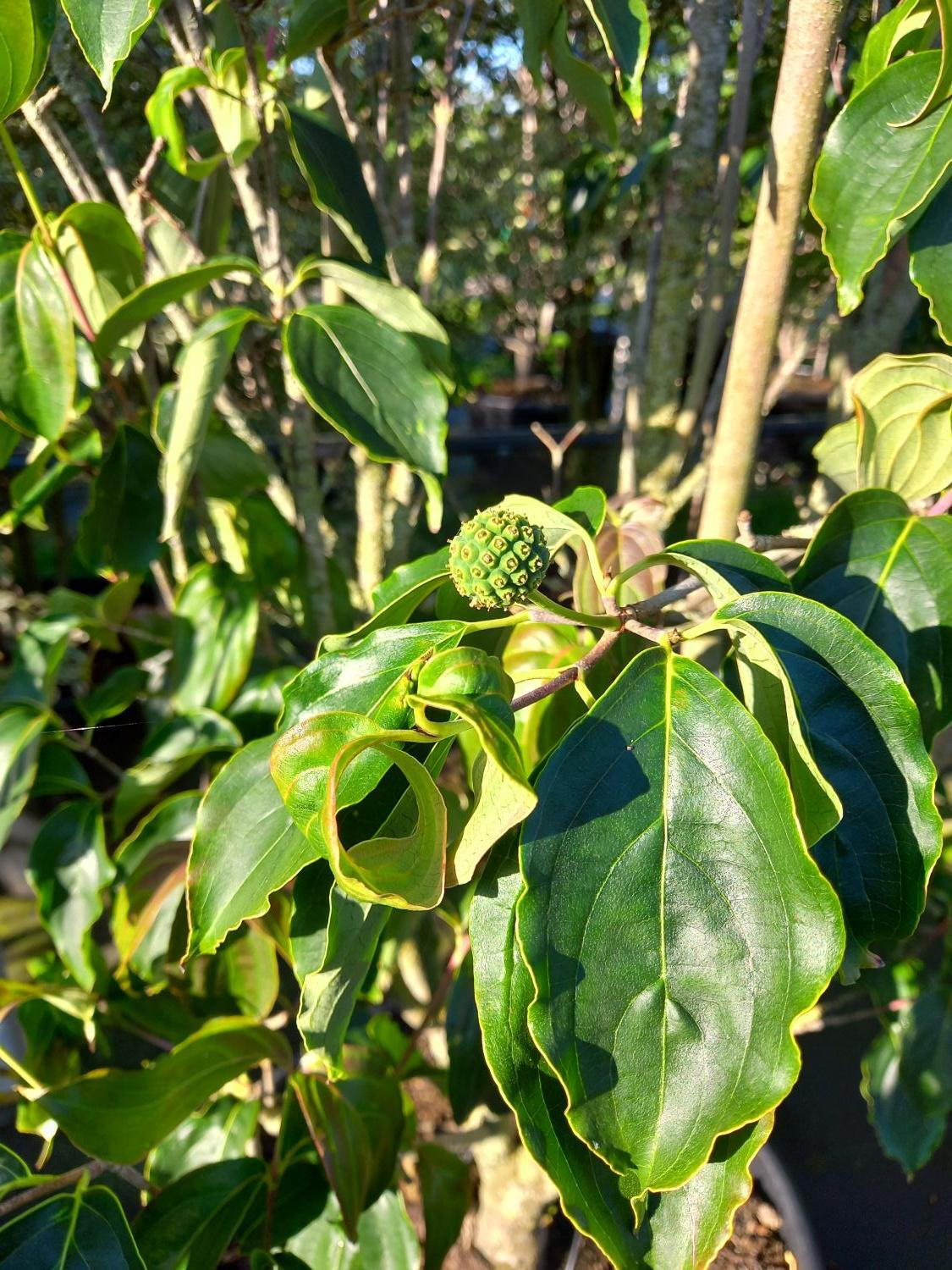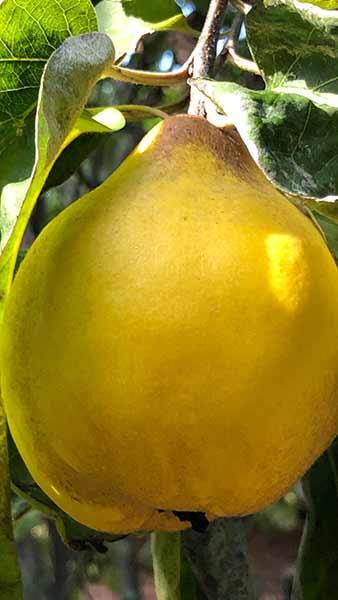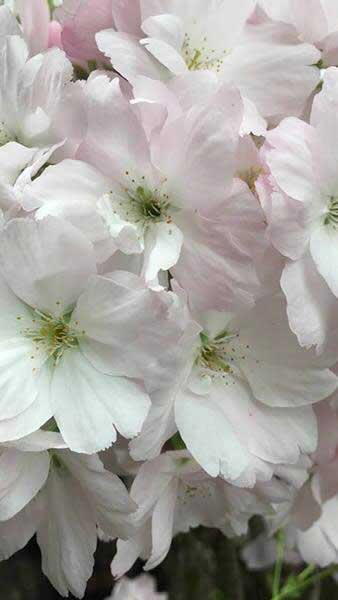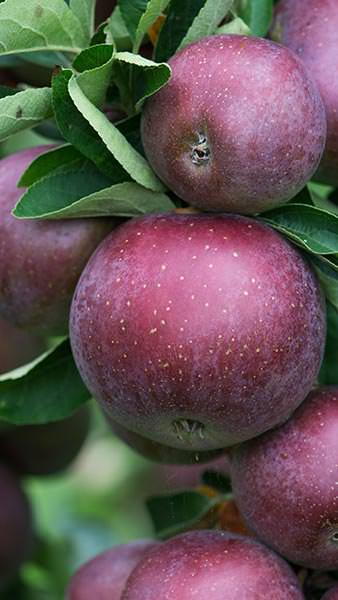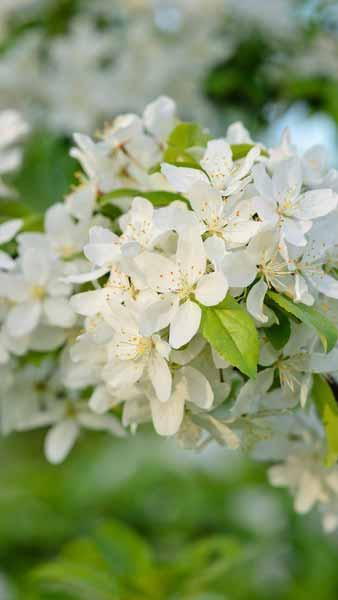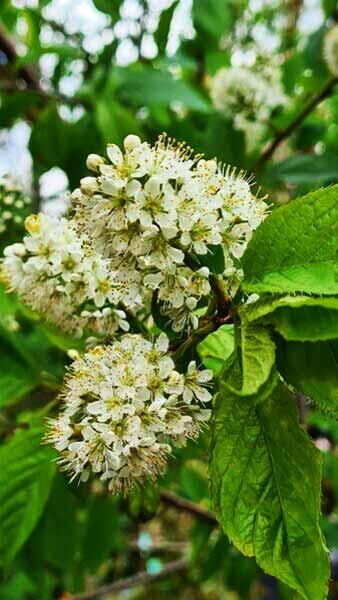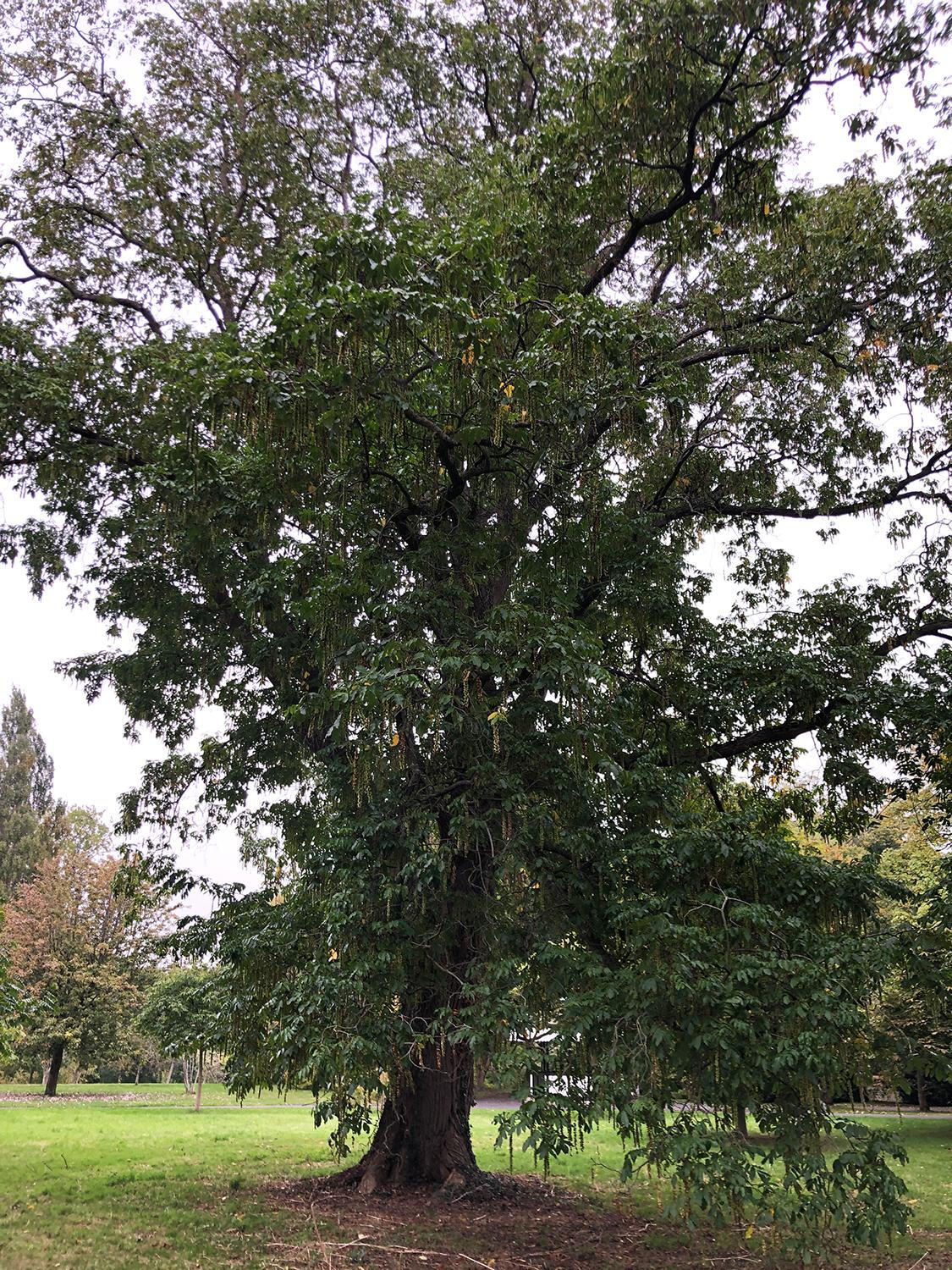Crataegus Crus-Galli or Cockspur Hawthorn Deciduous Tree
Crataegus Crus-Galli or Cockspur HawthornThe Cockspur Hawthorn (Crataegus crus-galli) is a small, deciduous tree known for its striking form, glossy foliage, and long prickly thorns. Native to North America’s Eastern coast, it produces an abundance of white flowers in spring, dense foliage in summer, and vibrant red autumn fruits. This small tree provides multi-seasonal interest in gardens and landscapes, while its thorny branches provide excellent natural security barriers.Crataegus crus-galli typically forms a broad, spreading canopy with a low, horizontal branching habit. Its stout, sharp thorns can reach lengths of up to 8 cm (3 inches), giving the tree its common name "Cockspur." The leaves are dark green, glossy, and oval with finely serrated edges, transitioning to brilliant shades of orange, red, and purple in the autumn. In late spring, clusters of small, fragrant white flowers emerge, attracting pollinators such as bees. By late summer to early autumn, Cockspur Hawthorn produces abundant red pomes (berry-like fruits), which persist into winter, providing visual interest and food for birds.How Hardy is Crataegus Crus-Galli:The Cockspur Hawthorn is very hardy. It tolerates a wide range of climatic conditions, thriving in both cold winters and hot summers. Its resilience extends to different soil types, including clay, loam, and sandy soils, provided they are well-drained.Height and Spread of Crataegus Crus-Galli:When mature, Crataegus crus-galli typically reaches a height of 6 to 9 meters (20 to 30 feet) with a similar spread, creating a broad, rounded silhouette. Its growth rate is moderate, developing its characteristic dense form over time.How To Use Crataegus Crus-Galli:Cockspur Hawthorn is highly valued for ornamental and practical purposes. It serves well as a specimen tree, hedge, or windbreak. Its dense, thorny branches make it ideal for creating natural barriers or security hedges. The tree adds year-round interest with spring flowers, autumn colour, and persistent winter fruit. It is commonly used in urban landscapes due to its pollution tolerance and ability to thrive in challenging climate conditions.How To Care For Crataegus Crus-Galli:Plant Crataegus crus-galli in full sun to ensure optimal flowering and fruit production. It thrives in well-drained soils but is adaptable to various soil conditions. Water regularly during the establishment phase, then reduce frequency as the tree matures. Pruning should be done in late winter to early spring to shape the tree and remove any dead or diseased wood. Watch for common pests such as aphids, hawthorn lace bugs, and diseases like leaf spot or fire blight, and apply appropriate controls if necessary.
